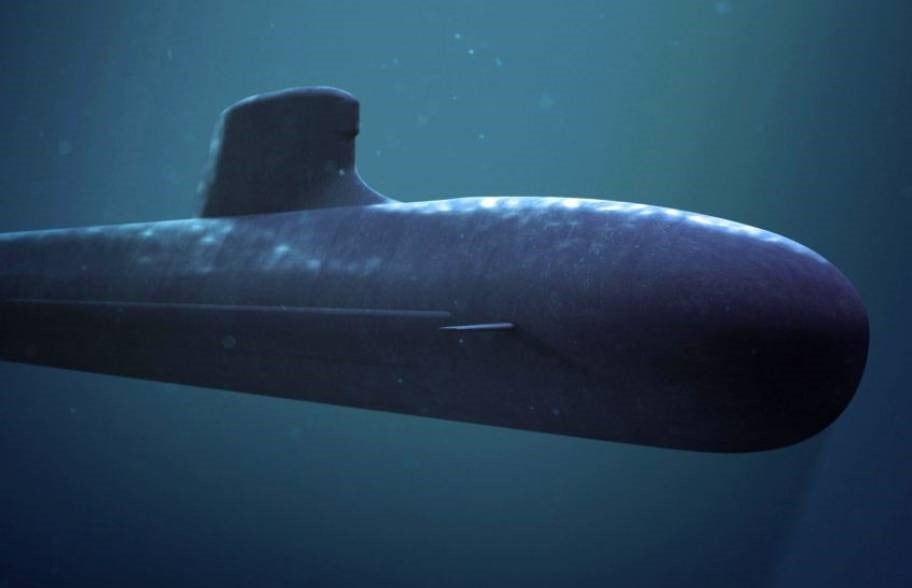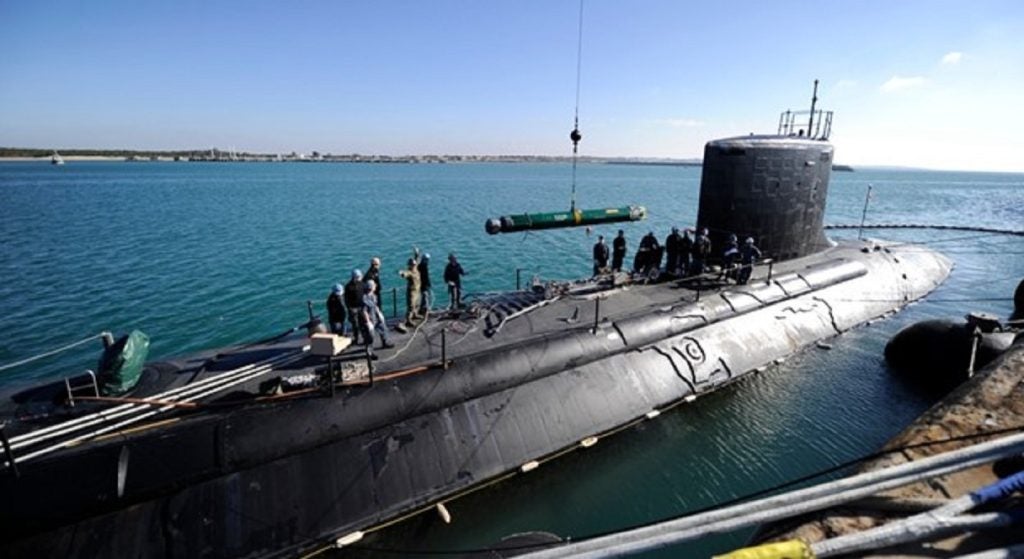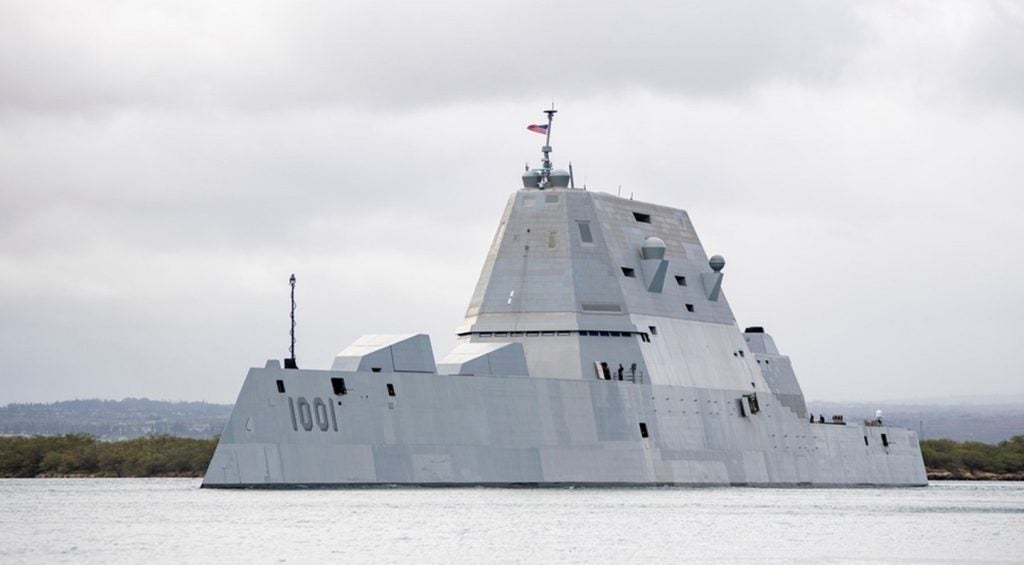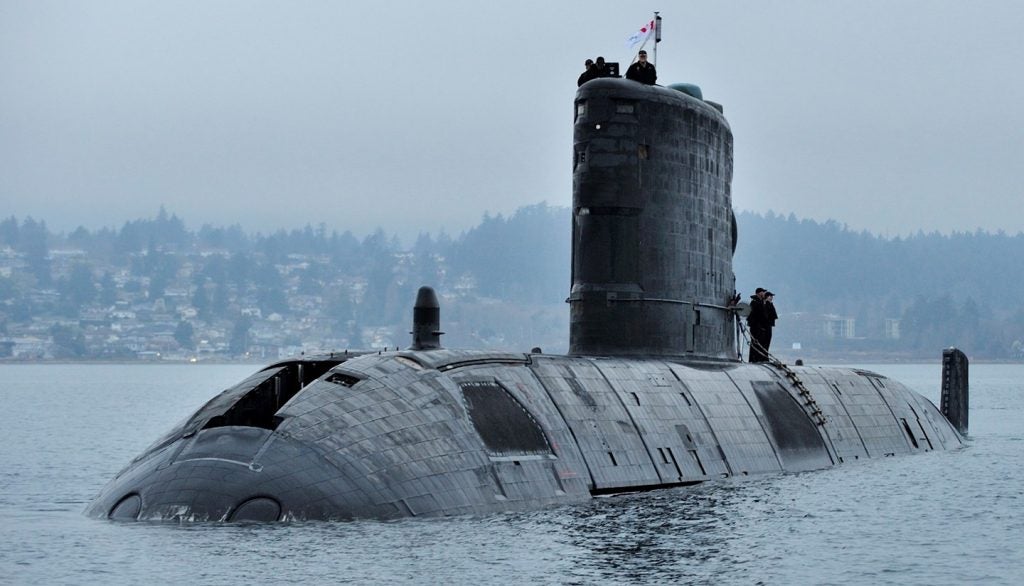Marine navigation systems, software and solutions: Introduction
In the intricate world of maritime operations, the importance of reliable marine navigation cannot be overstated.
As an industry that has a global impact and worldwide marketplce, the list of options for systems, software and solutions is expanding.
With the vastness of the sea and the critical nature of marine transport and activities, having a robust marine navigation system is not just a convenience; it is an absolute necessity.
Our carefully researched and professionally written buyer’s guide contains a wealth of valuable information and industry insights.
This content includes pointers and advice for those looking to buy marine navigation systems, software, and solutions. It details what to look for and the latest advancements in the field.
See Also:
Understanding marine navigation systems
Marine navigation systems are sophisticated assemblies of instruments, tools, and software that enable ships to chart courses, determine locations, and navigate safely through the waters.
These systems are vital for avoiding collisions, minimizing delays, and ensuring efficient voyages.
When searching for marine navigation systems, buyers should consider accuracy, reliability, ease of use, and integration capabilities with other onboard equipment.
Key features: Marine navigation software and tools
The core of any marine navigation system is its software and tools, which process data from various instruments to provide actionable insights.
Buyers should take the time to research and identify software that offers real-time updates, detailed charting, weather forecasting, and route planning features.
Additionally, compatibility with electronic chart display and information systems (ECDIS) and automatic identification systems (AIS) is crucial for modern navigation.
Selecting marine navigation instruments
Marine navigation instruments are the tangible components that feed data into the navigation system.
These include GPS receivers, radar systems, sonar, gyrocompasses, and autopilots.
When selecting these instruments, durability, precision, and the ability to function in extreme weather conditions are paramount considerations.
Industry-leading marine navigation systems and solutions
When it comes to marine navigation systems, the sector is constantly expanding, and the selection process for buyers can be complicated.
Some of the current leading systems and solutions related to marine navigation include, but are not limited to:
- Furuno NavNet TZtouch3
- Raymarine Axiom Pro Series
- GarminGPSMAP Series
- B&G Zeus3 S Multifunction Display
- Simrad NSO evo3S
- Transas Navi-Sailor 4000 ECDIS
- Standard Horizon GX2200 Matrix AIS/GPS
- Maretron N2KView Vessel Monitoring System
- MaxSea TimeZero Marine Navigation Software
- Nobeltec TimeZero Professional
- JRC JAN-9201/7201 ECDIS
- Kongsberg K-Bridge Integrated Navigation System
- Northrop GrummanSperry Marine VisionMaster FT
- Wärtsilä SAM Electronics NACOS Platinum Series
- Navico Broadband 4G Radar
Latest technological advancements in marine navigation systems
The marine navigation sector is witnessing rapid technological advancements that are enhancingdefense sectorsafety and efficiency at sea.
Innovations such as augmented reality (AR) navigation, which overlays navigational data onto live video feeds, provide unparalleled situational awareness.
Artificial intelligence (AI) is being integrated to predict vessel maintenance needs and optimize routes.
Additionally, the advent of autonomous ships is pushing the development of sophisticated collision avoidance algorithms and remote monitoring systems.
Marine navigation systems, software and solutions: Our conclusion
Selecting the right marine navigation system, software, and instruments is a critical task that requires careful consideration of various factors.
Buyers should prioritize accuracy, reliability, and integration when evaluating options. The latest technological advancements offer promising improvements in safety and operational efficiency, making it an exciting time for the marine navigation industry.





